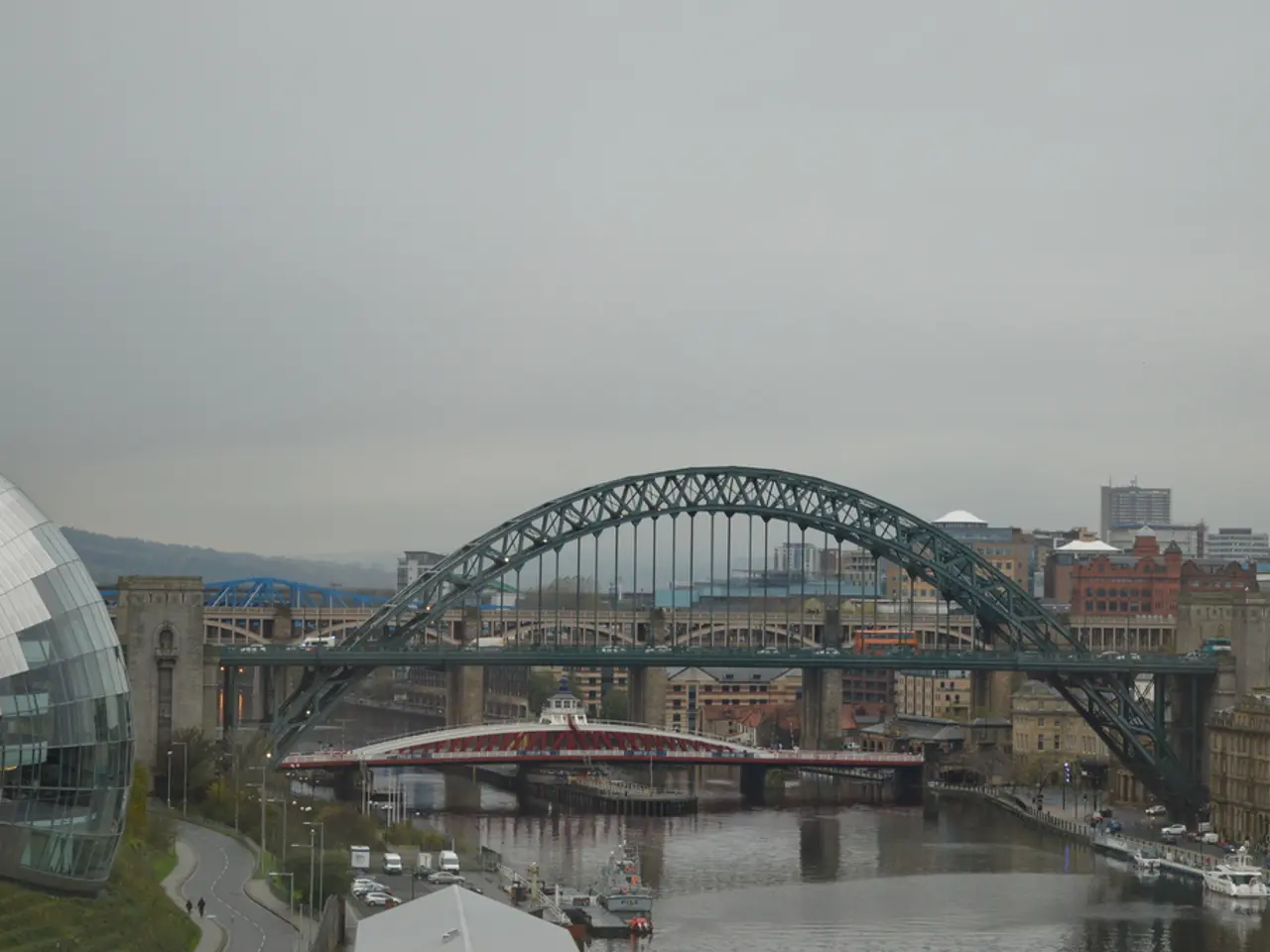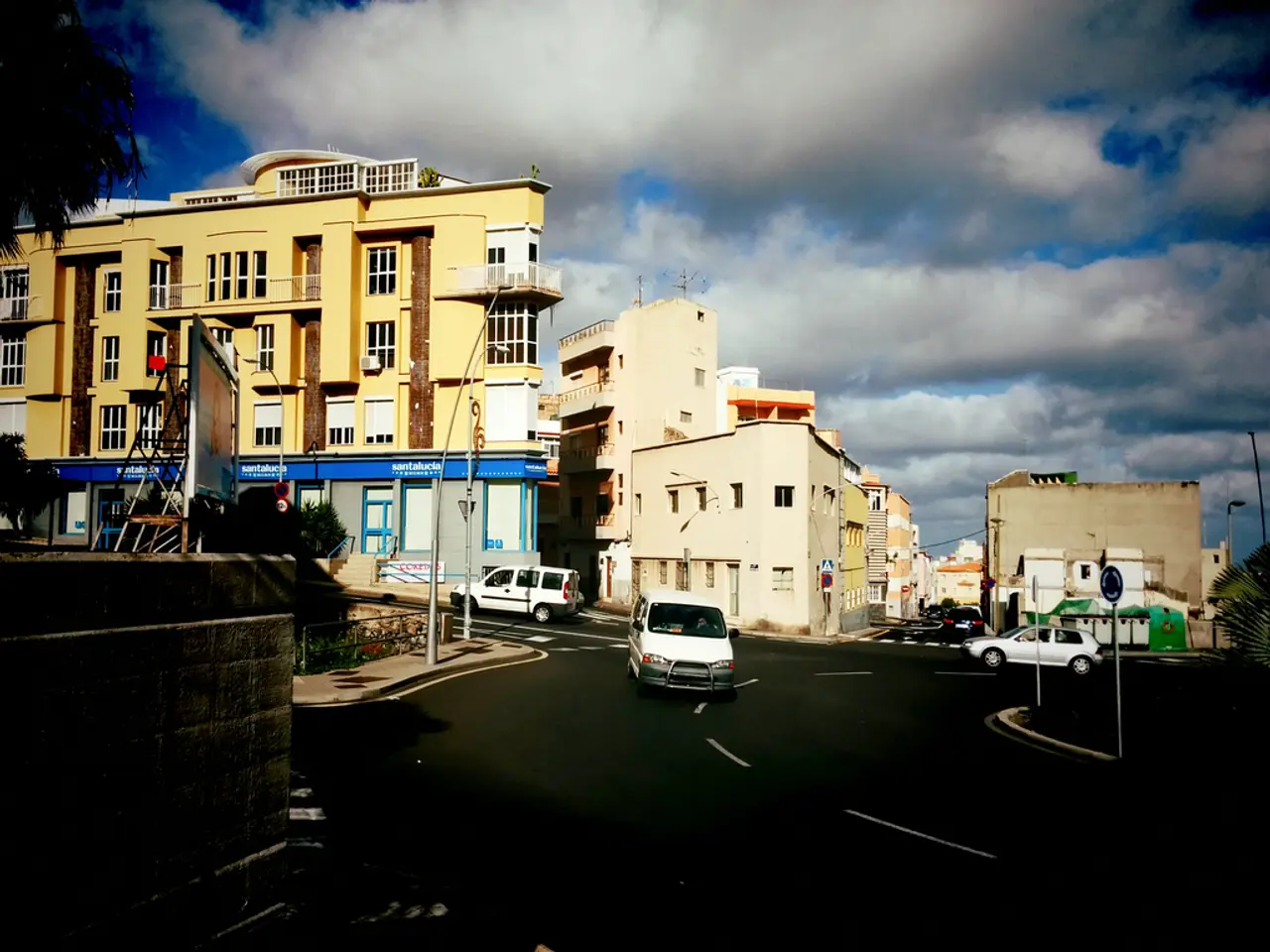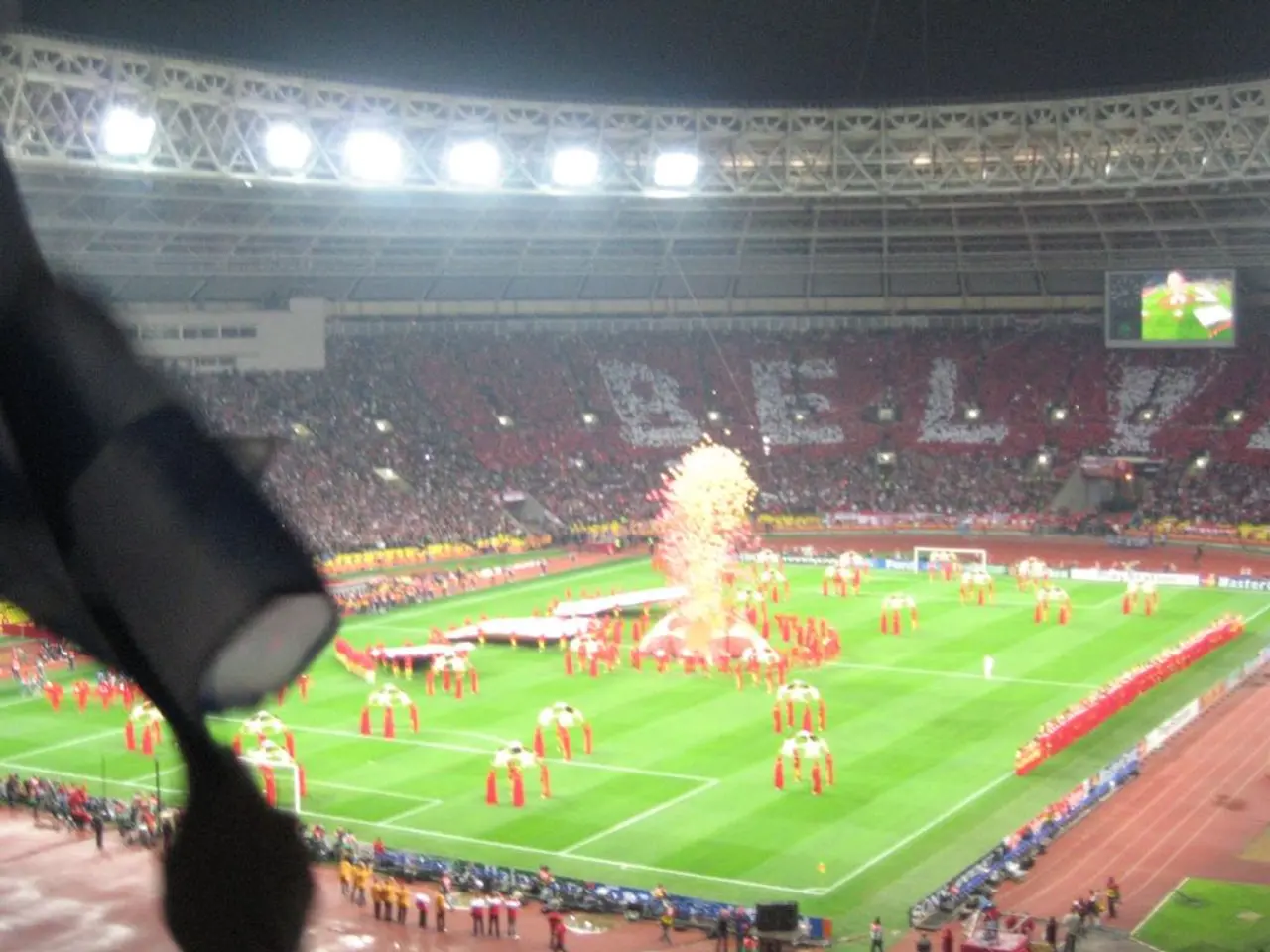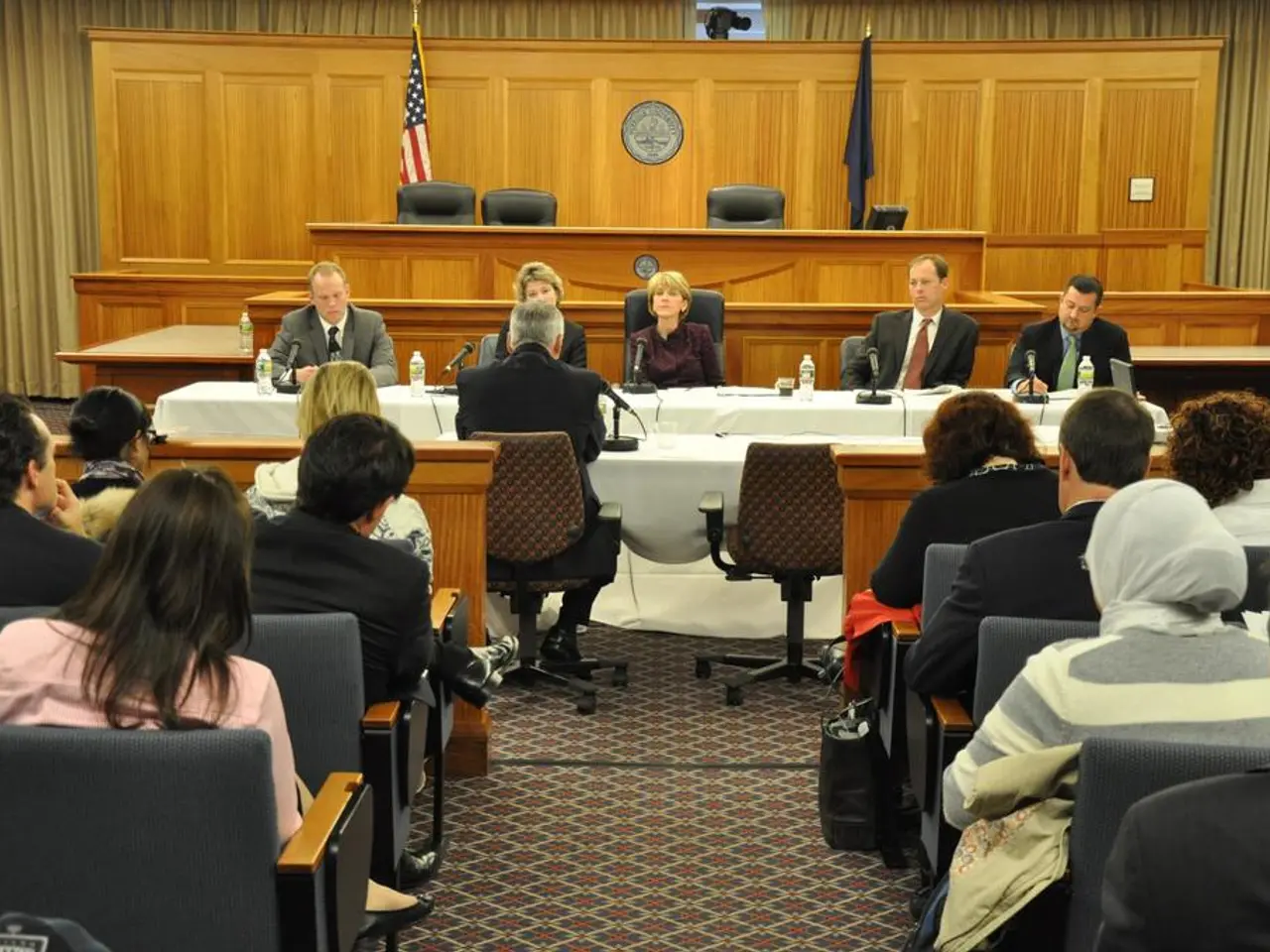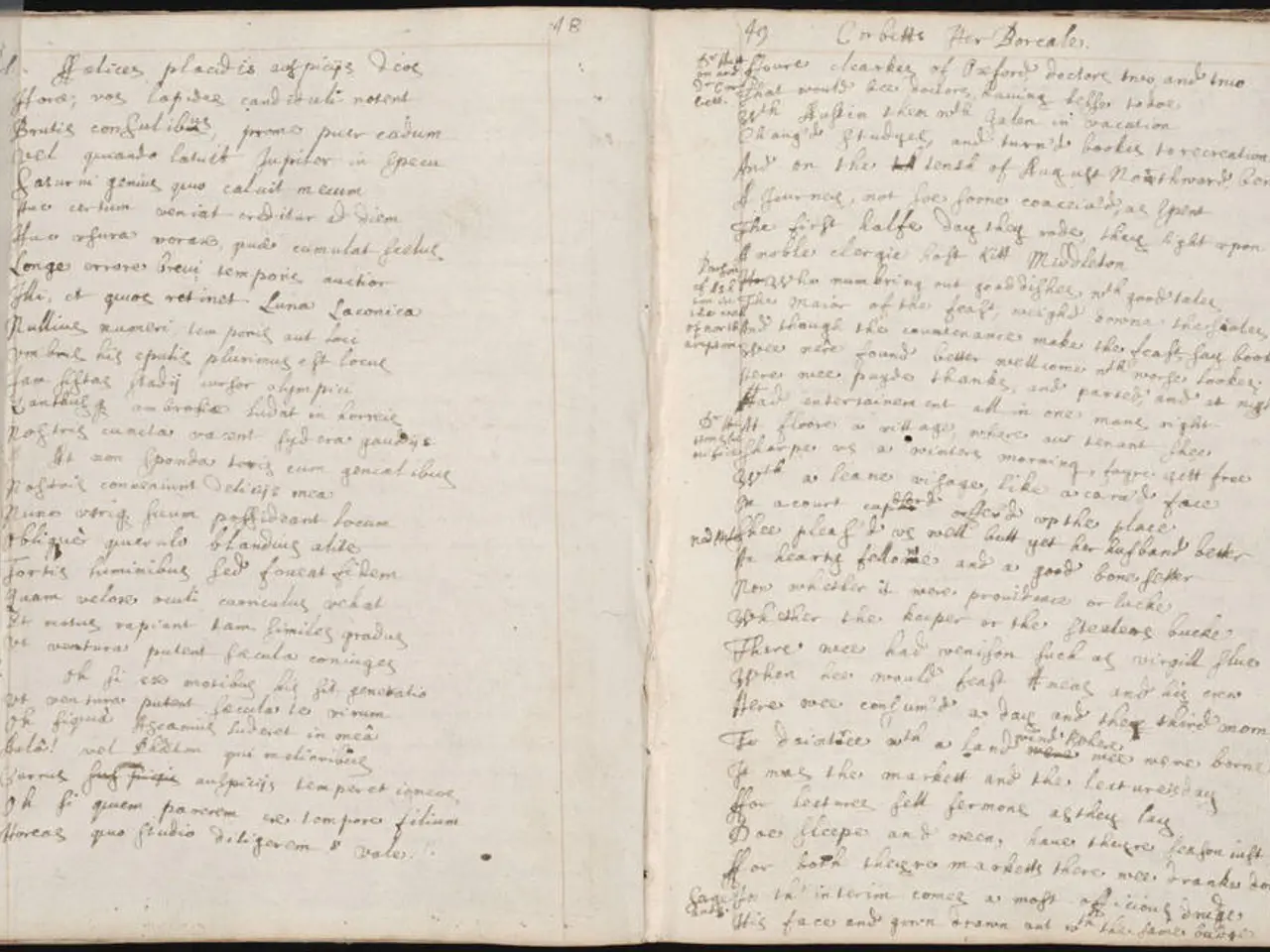Intense tempest pummels popular vacation spots with hail the size of tennis balls and boats in trouble due to the storm's fury.
The busy July Fourth holiday period in 2025 has been marred by severe storms and flash flooding in two popular tourist regions along the Northeast Corridor of the United States. These storms have resulted in travel chaos and property damage, particularly in cities such as New York City, Philadelphia, and Boston[1][2].
The storms have brought damaging winds up to 60 mph, large hail, heavy rain up to three inches, and flash flooding, causing widespread disruptions[1][2]. Over 72 million Americans traveled during this period, and the storms resulted in more than 1,600 flight cancellations and thousands of delays at major airports including LaGuardia, Newark, Boston, and Philadelphia. For instance, Newark Liberty Airport reported delays up to four hours, and LaGuardia experienced about 180 cancellations and 400 delays[1][2].
Flash flooding and wind damage have also disrupted road travel along heavily trafficked interstate corridors (I-81, I-95), affecting millions of travelers heading to and from holiday destinations[1][2]. The National Weather Service issued alerts for severe weather and flash flooding risks, especially in urban areas with dense populations and critical infrastructure[2].
These storms have drawn comparisons to the 2021 Ahr Valley disaster in Germany due to their severity. However, while the 2025 U.S. storms are causing significant travel chaos and property damage, especially in urban tourist centers, the scale and human toll so far appear less severe than the Ahr Valley disaster, which was characterized by extensive fatalities and infrastructure collapse[1][2].
The 2025 storms are more widespread along a heavily populated and traveled corridor but involve short-term travel disruption and localized flooding rather than the prolonged catastrophic damages seen in the Ahr Valley event. Unlike the Ahr Valley flood, the 2025 storms impact multiple large cities simultaneously, complicating logistics and emergency responses during a peak travel period but without reports of equivalent loss of life or long-term destruction[1][2].
Emergency services have been working non-stop in the affected areas to mitigate the impacts of the storms. The flooding scenes in the affected tourist destinations have been described as apocalyptic, causing unrest among tourists and locals alike[1][2]. Firefighters and rescue teams are working tirelessly to ensure the safety of those in the affected areas.
In conclusion, the severe storms in two major U.S. tourist destinations during the 2025 July Fourth holiday have caused significant travel and infrastructure disruptions, highlighting the increasing challenges posed by volatile weather amid high tourism demand. While these events have caused chaos and disruption, they differ in scale and tragedy from the 2021 Ahr Valley disaster[1][2].
[1] National Weather Service (2025). Severe Storms and Flash Flooding Impact U.S. Tourist Regions. [online] Available at: https://www.weather.gov/alerts/2025-storms-tourist-regions
[2] CNN (2025). Severe Storms Cause Chaos in U.S. Tourist Destinations. [online] Available at: https://www.cnn.com/2025/07/04/us/severe-storms-tourist-destinations/index.html
The severe storms have disrupted general-news such as road travel along heavily trafficked interstate corridors, including I-81 and I-95, causing issues for millions of travelers heading to or from holiday destinations. Additionally, there have been numerous fires reported in the affected tourist regions along the Northeast Corridor due to wind damage from the storms.
